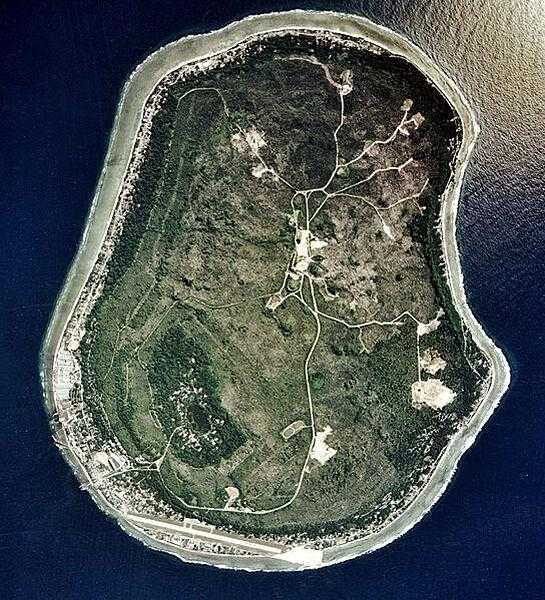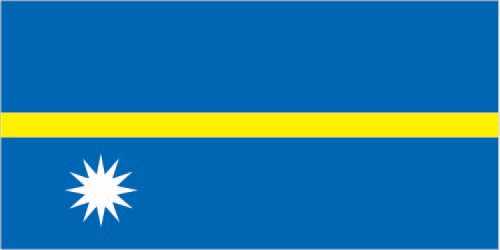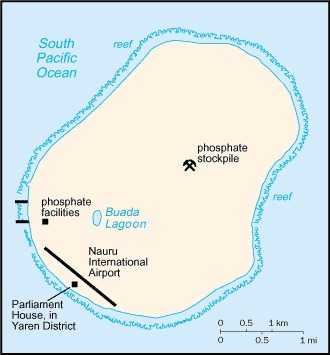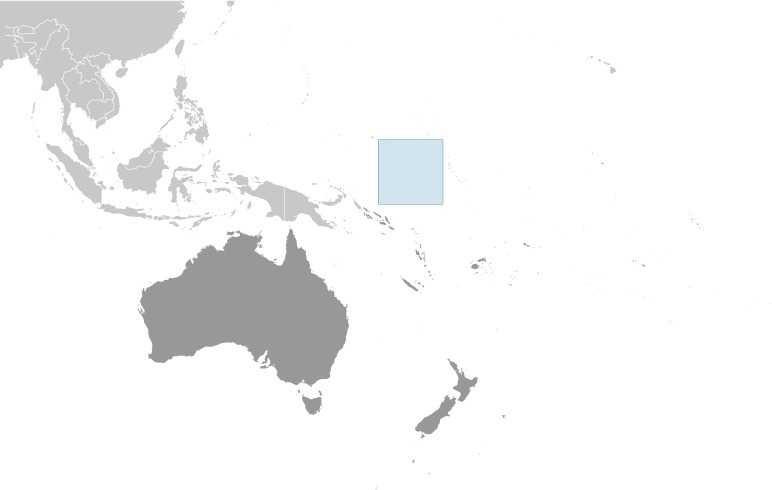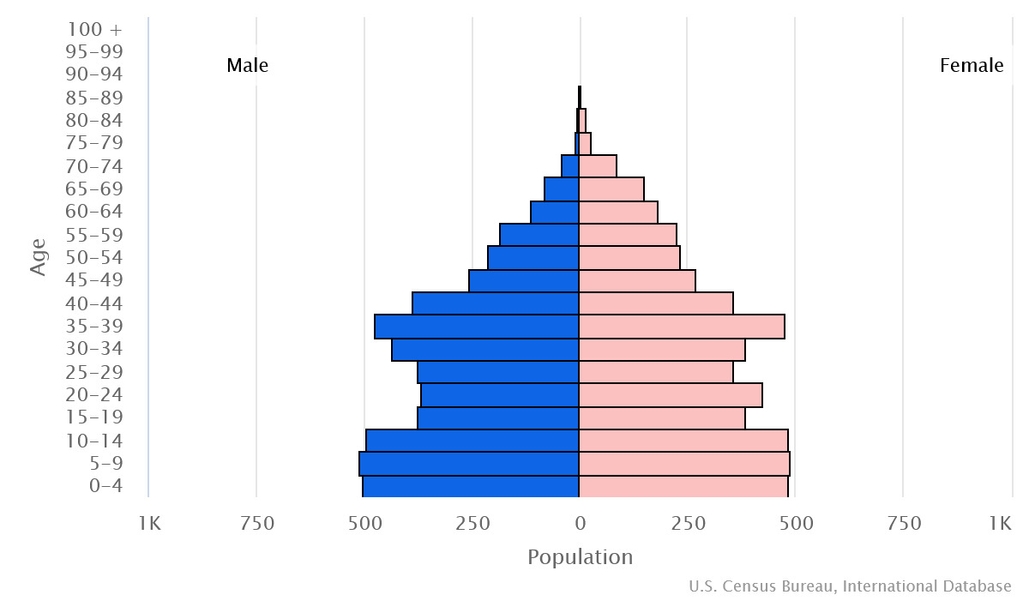Introduction
Visit the Definitions and Notes page to view a description of each topic.
Geography
People and Society
Population
comparison rankings: female 222; male 222; total 222
Median age
comparison ranking: total 156
Population growth rate
comparison ranking: 161
Birth rate
comparison ranking: 66
Death rate
comparison ranking: 138
Net migration rate
comparison ranking: 222
Infant mortality rate
comparison ranking: total 151
Life expectancy at birth
comparison ranking: total population 187
Total fertility rate
comparison ranking: 68
Obesity - adult prevalence rate
comparison ranking: 1
Alcohol consumption per capita
comparison ranking: total 125
Tobacco use
comparison ranking: total 1
Education expenditures
comparison ranking: 20
Environment
Revenue from forest resources
comparison ranking: 172
Government
Economy
Real GDP (purchasing power parity)
comparison ranking: 221
Real GDP growth rate
comparison ranking: 175
Real GDP per capita
comparison ranking: 141
Inflation rate (consumer prices)
comparison ranking: 112
Industrial production growth rate
comparison ranking: 74
Public debt
comparison ranking: 76
Taxes and other revenues
comparison ranking: 6
Current account balance
comparison ranking: 78
Energy
Electricity
comparison rankings: transmission/distribution losses 8; consumption 206; installed generating capacity 205
Carbon dioxide emissions
comparison ranking: total emissions 211
Communications
Telephones - mobile cellular
comparison ranking: total subscriptions 219
Internet users
comparison ranking: total 218
Broadband - fixed subscriptions
comparison ranking: total 209
Transportation
Merchant marine
comparison ranking: total 164
